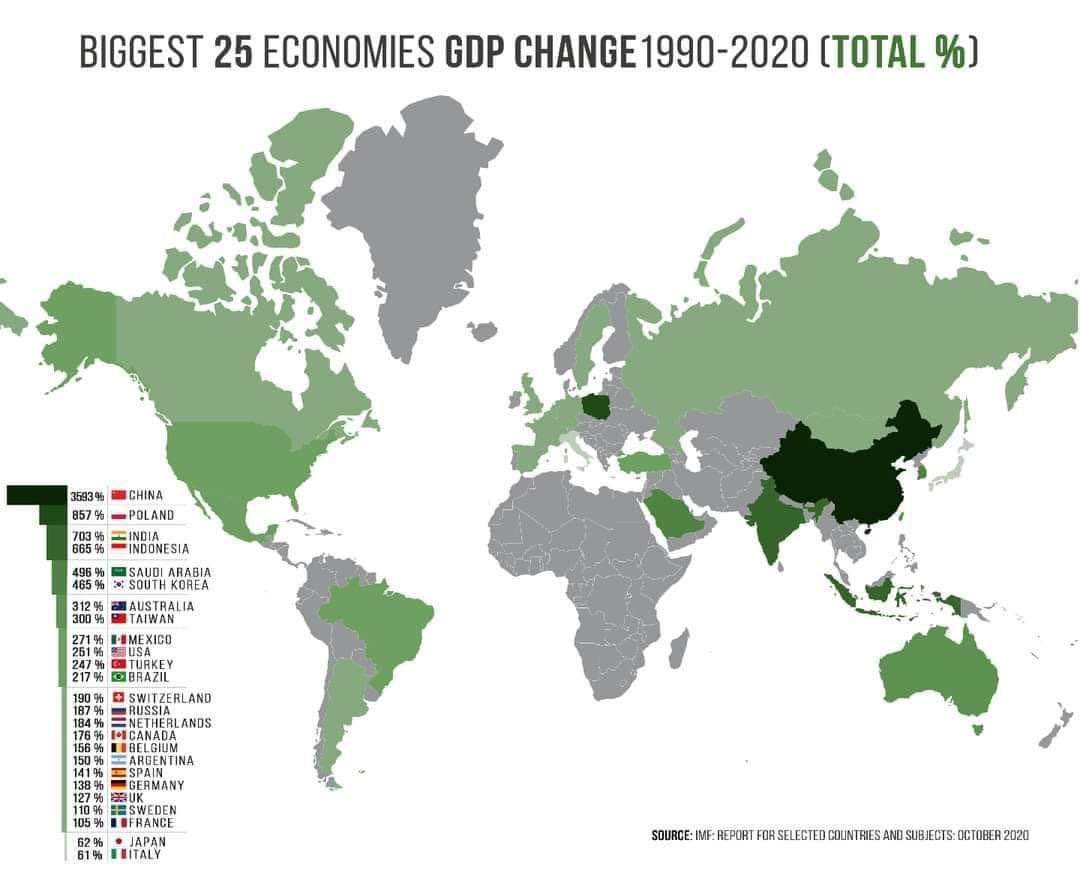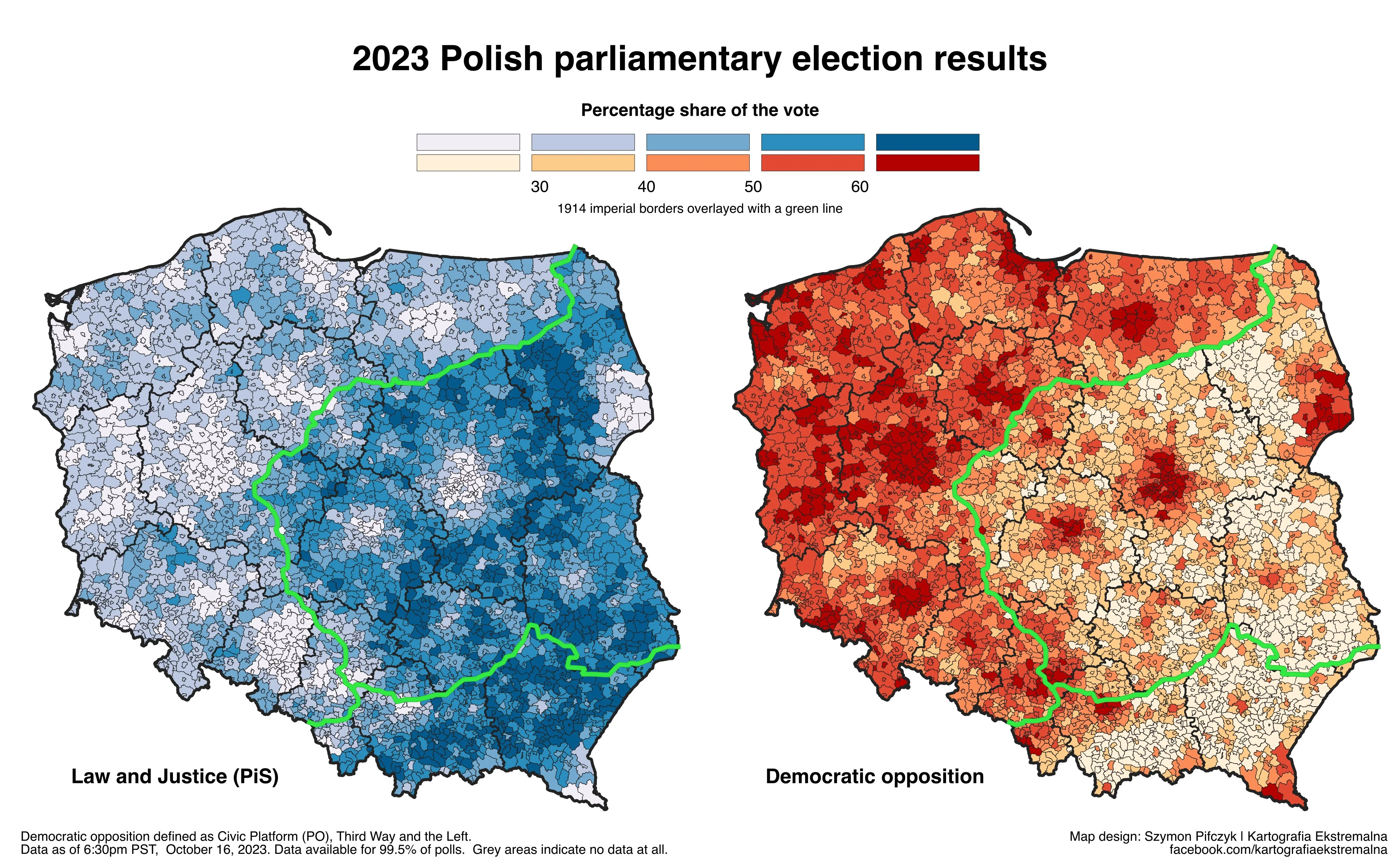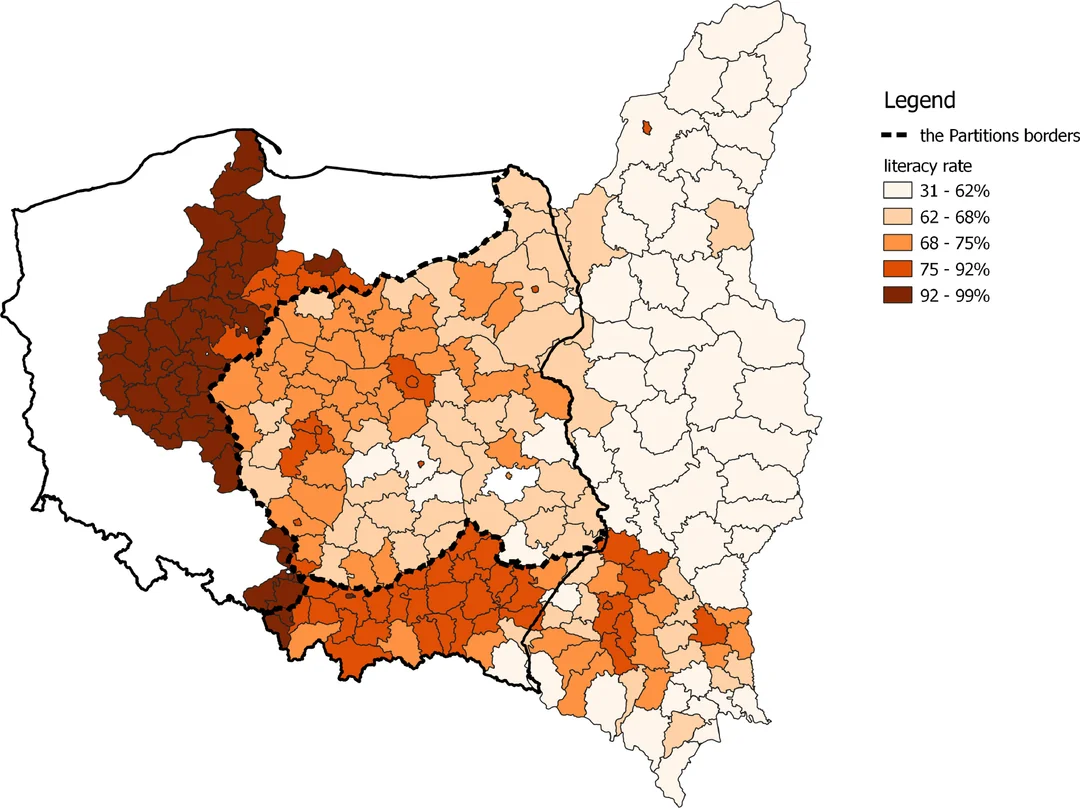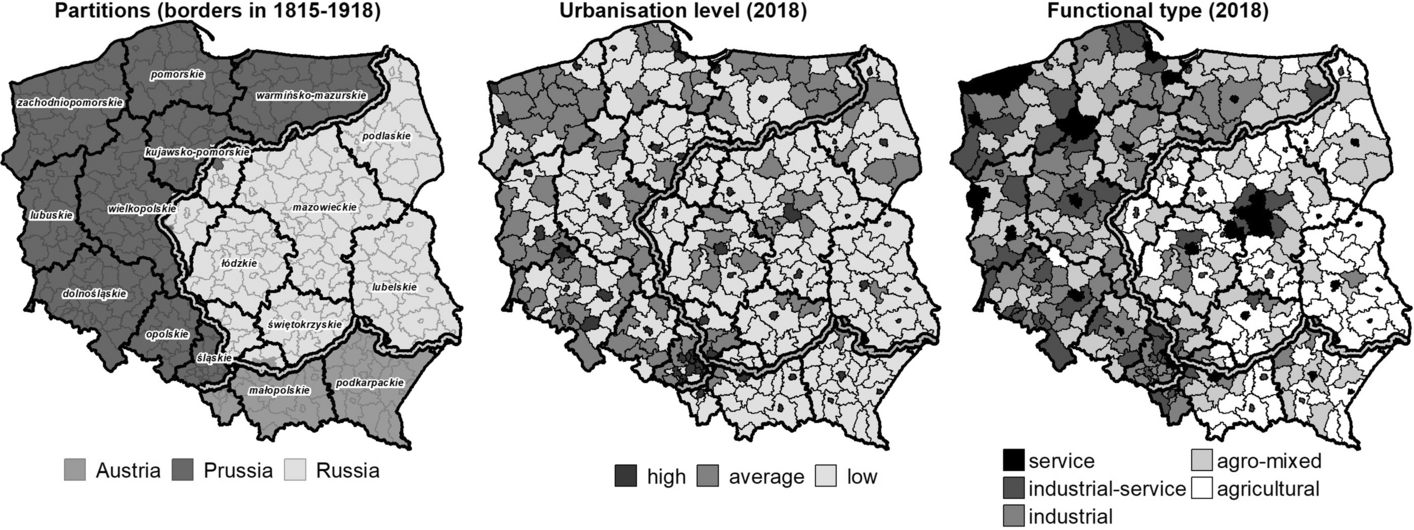Churchill's gift to Poland

Poland has emerged as one of the most remarkable growth stories of the past century. Among the world’s developing nations, two countries have particularly distinguished themselves through their exceptional economic growth: Poland and China. What makes Poland’s case especially intriguing is that, historically, it was never particularly wealthy.
Consider that Poland recently surpassed Hungary in GDP per capita—a milestone that hadn’t occurred for centuries. In the 1990s, when Western companies were expanding into Eastern Europe, they debated whether to establish their headquarters in Budapest or Warsaw. Today, there’s no debate: Warsaw clearly prevails.
How did Poland, after centuries of relative poverty compared to Hungary, transform into such an economic powerhouse? The answer lies in what might be called a national version of the Ship of Theseus paradox. If you gradually replace all components of a ship over a century, how much of the original vessel remains? Similarly, the Poland of today is not truly the Poland that existed historically. While the same could be said of modern Hungary versus its historical counterpart, that’s a topic for another essay.
The transformation of Poland was largely engineered by Stalin and Churchill in the aftermath of World War II. Stalin, seeking a buffer state between Germany and the Soviet Union, pushed for Poland’s borders to be moved westward. In exchange, the Soviet Union annexed significant portions of historical Polish territory. The result? Modern Poland encompasses much of what was historically Prussia—the cornerstone of the German Empire. This historical Prussian influence remains visible today in various ways, from electoral patterns to development indicators, with clear distinctions between formerly Prussian territories and other regions.

These borders were drawn through negotiations between Churchill and Stalin, with Churchill in an extraordinarily difficult position. The United Kingdom had entered the war largely to defend Poland, yet now found Poland under Soviet occupation. Churchill had every reason to anticipate the brutality of Russian control—he was well aware of the Katyn massacre, where Stalin’s forces had executed Polish officers. The Poles, despite fighting alongside the Allies throughout the war, found themselves rewarded not with freedom but with Stalinist occupation. Yet Churchill, despite his concerns, could not override Stalin’s ambitions in Eastern Europe, as Soviet troops already controlled much of the continent.

This raises an intriguing question: when these new borders were being drawn, did the historically astute Churchill influence the decision to grant Poland the more developed Prussian territories? Was this perhaps Churchill’s parting gift to Poland? Knowing he had to acquiesce to Stalin’s occupation of Poland, did Churchill ensure Poland would inherit lands with greater potential for future prosperity, understanding that Soviet control couldn’t last indefinitely?
While we cannot know for certain, it’s not implausible that Churchill, with his deep understanding of history, might have made this his subtle gift to Poland. The economic disparity between the formerly Prussian regions and other parts of Poland suggests that this territorial redistribution, whether intentionally or not, planted the seeds for Poland’s modern economic success.

Today’s Poland stands as a testament to how historical accidents and deliberate geopolitical decisions can shape a nation’s economic destiny. The former Prussian territories, with their legacy of development and industrialization, have helped transform Poland from a historical backwater into one of Europe’s most dynamic economies.